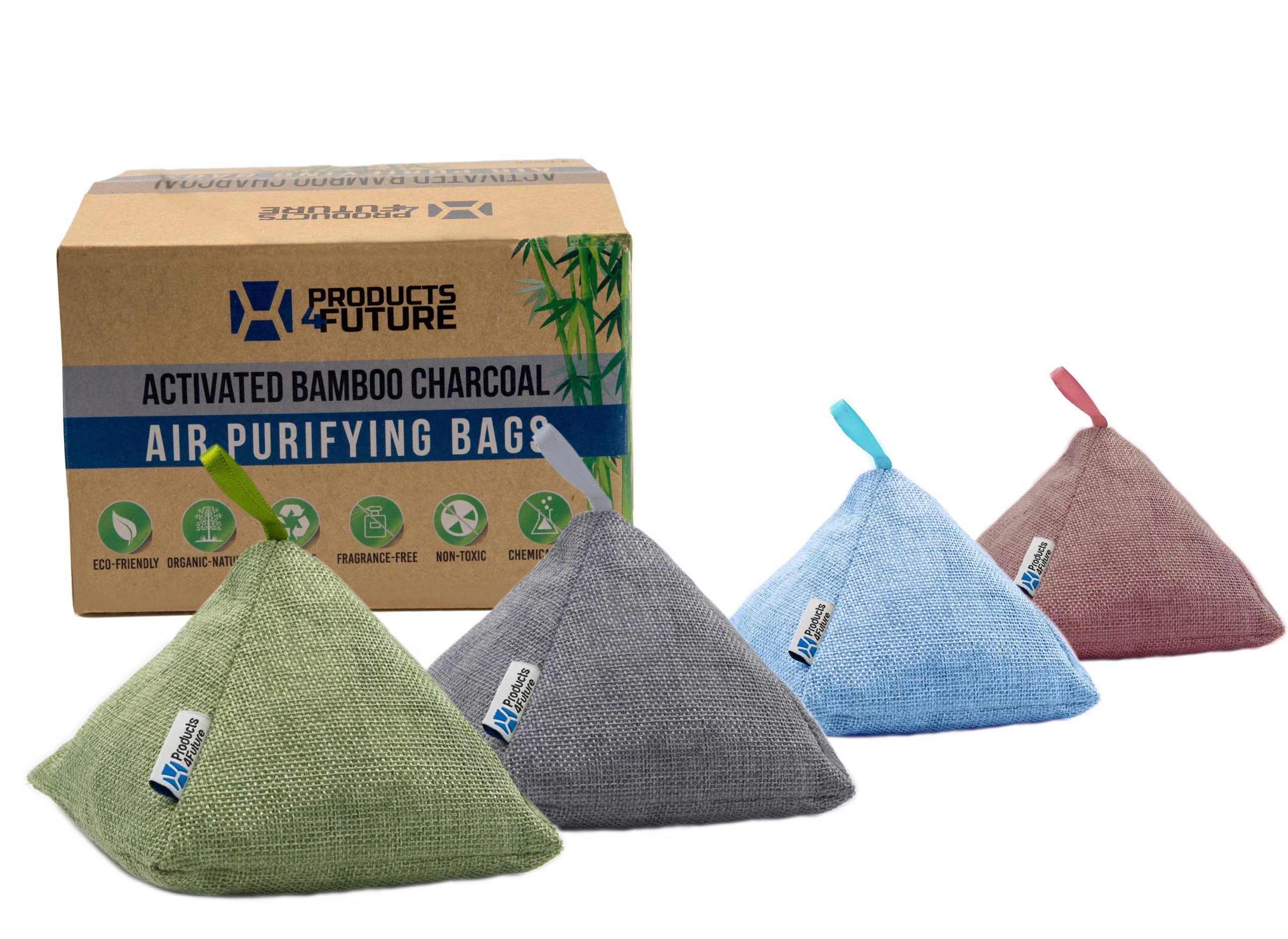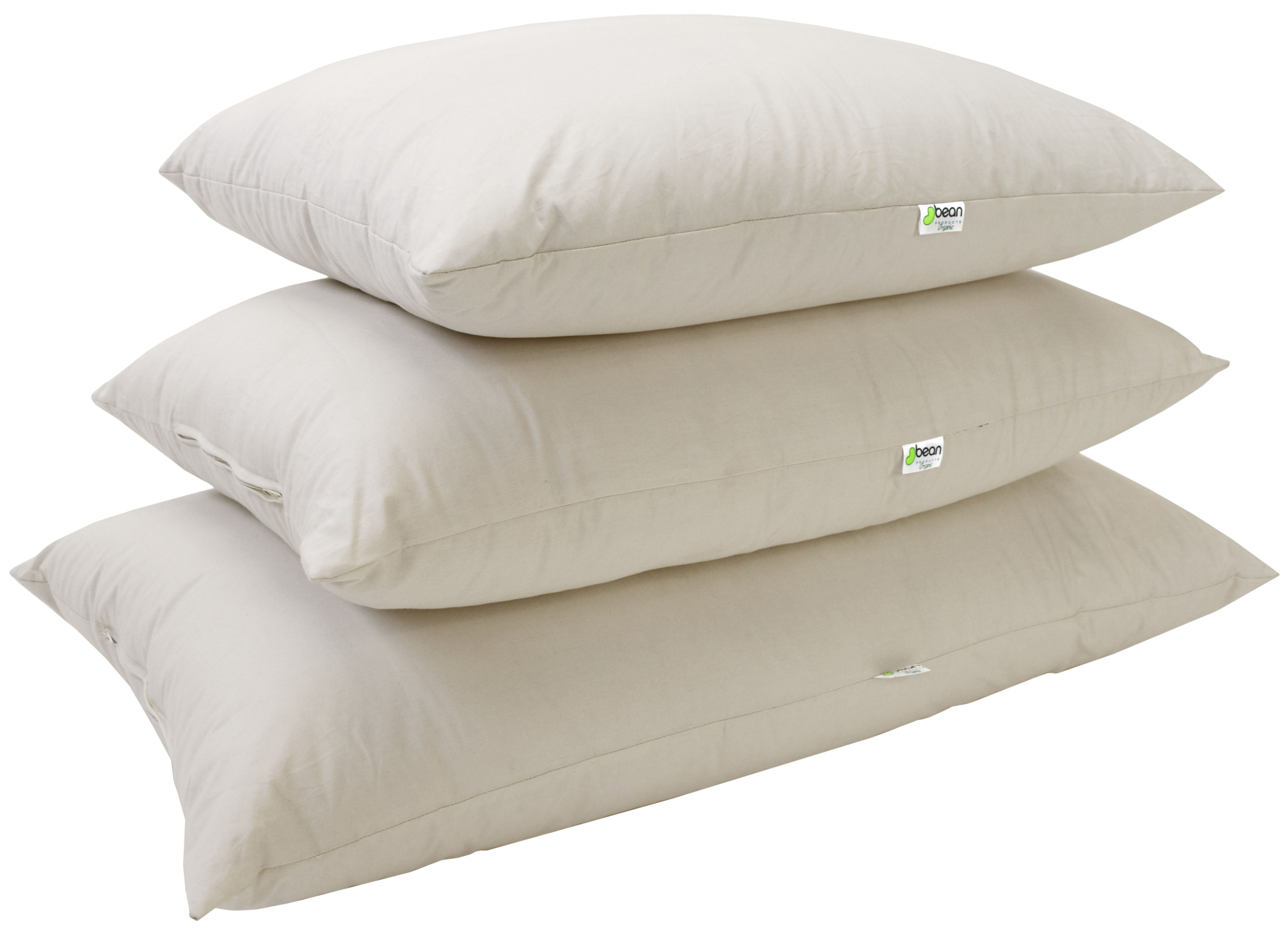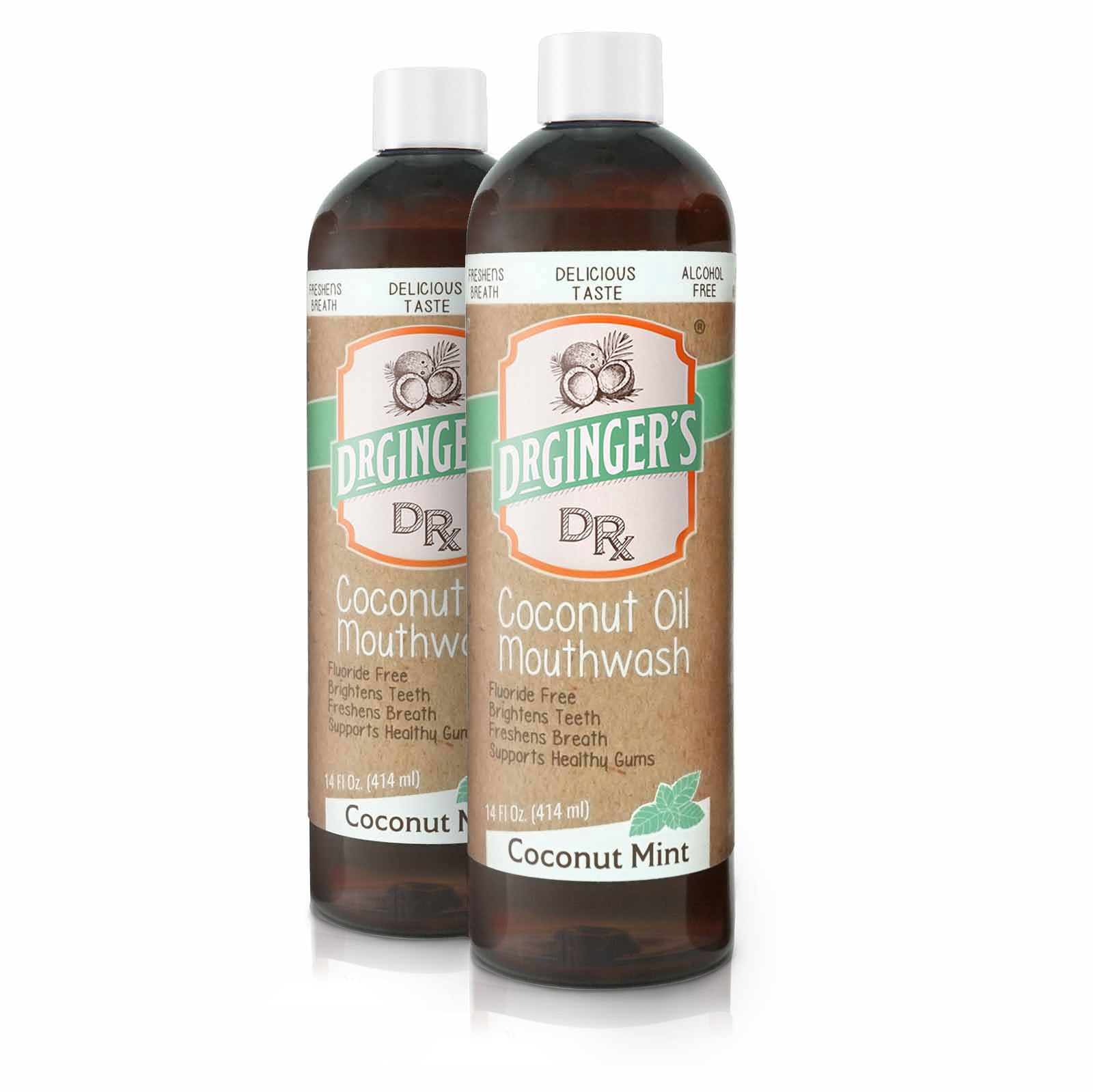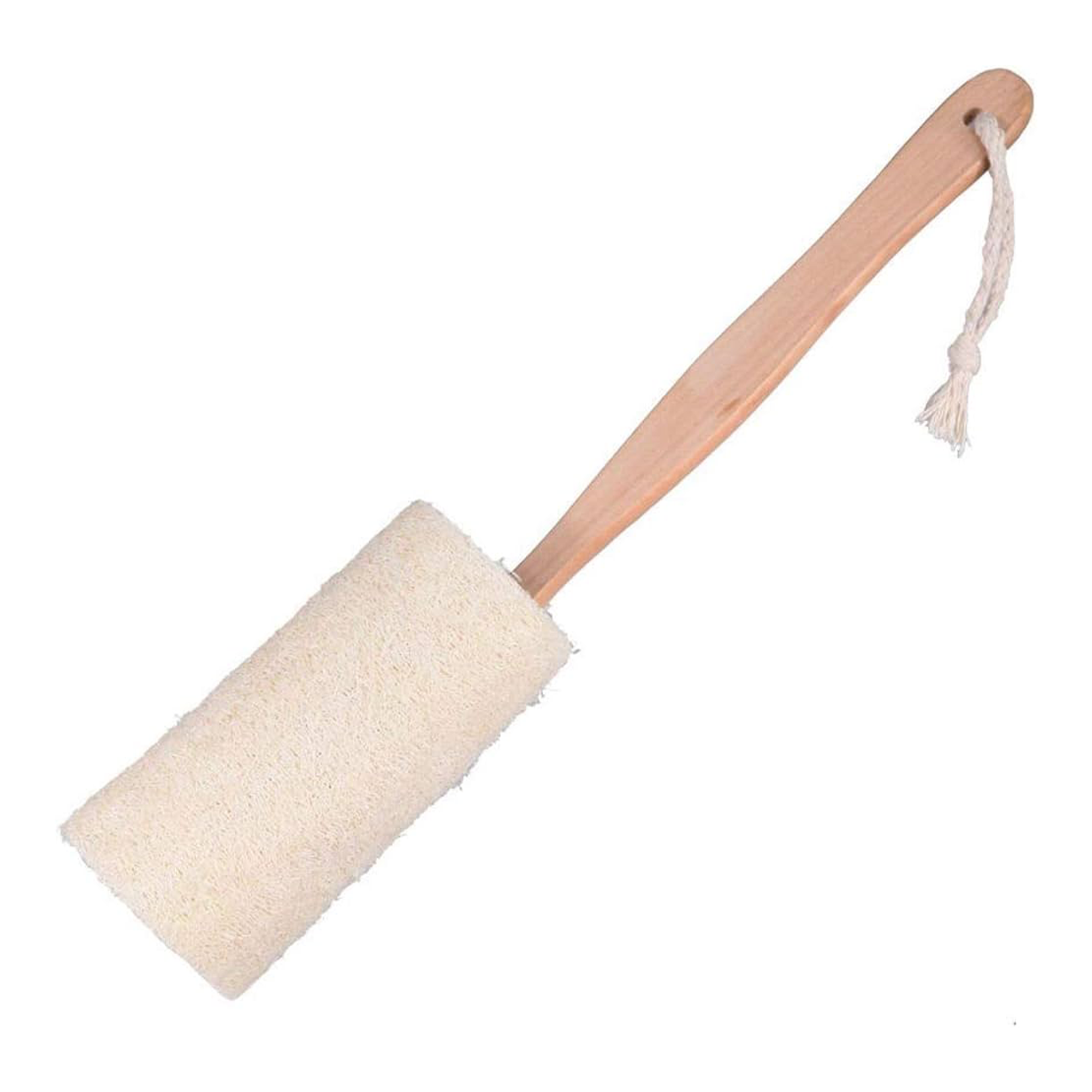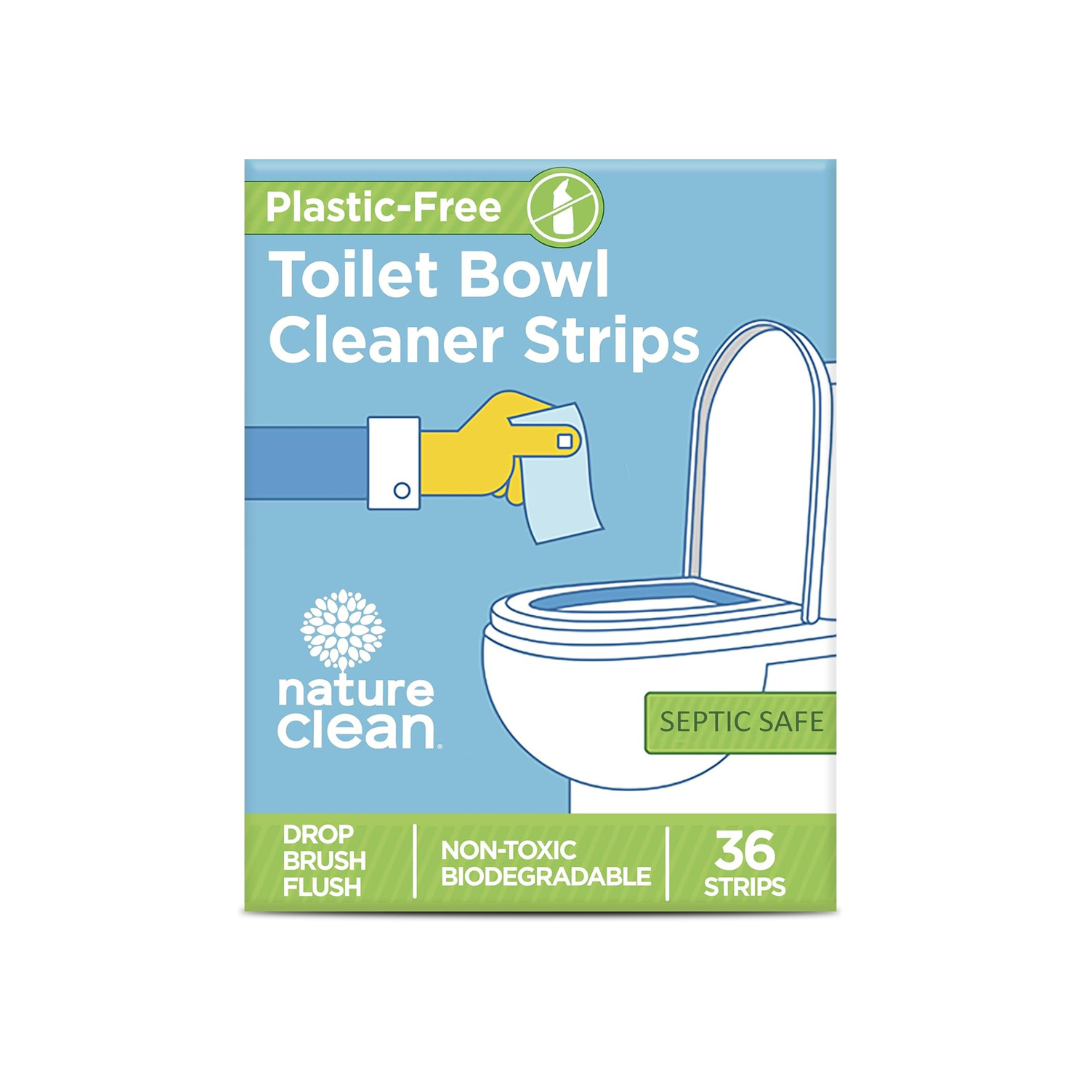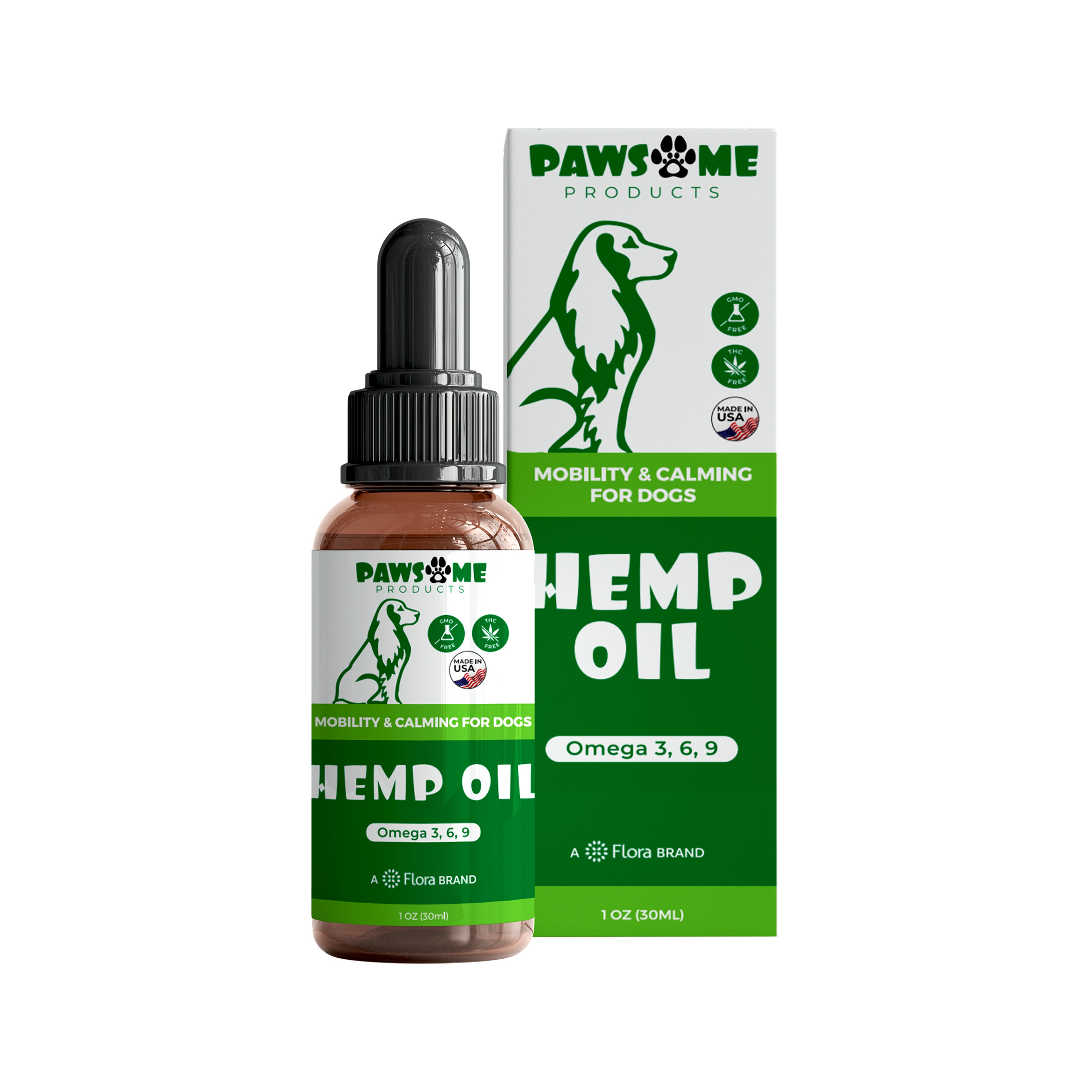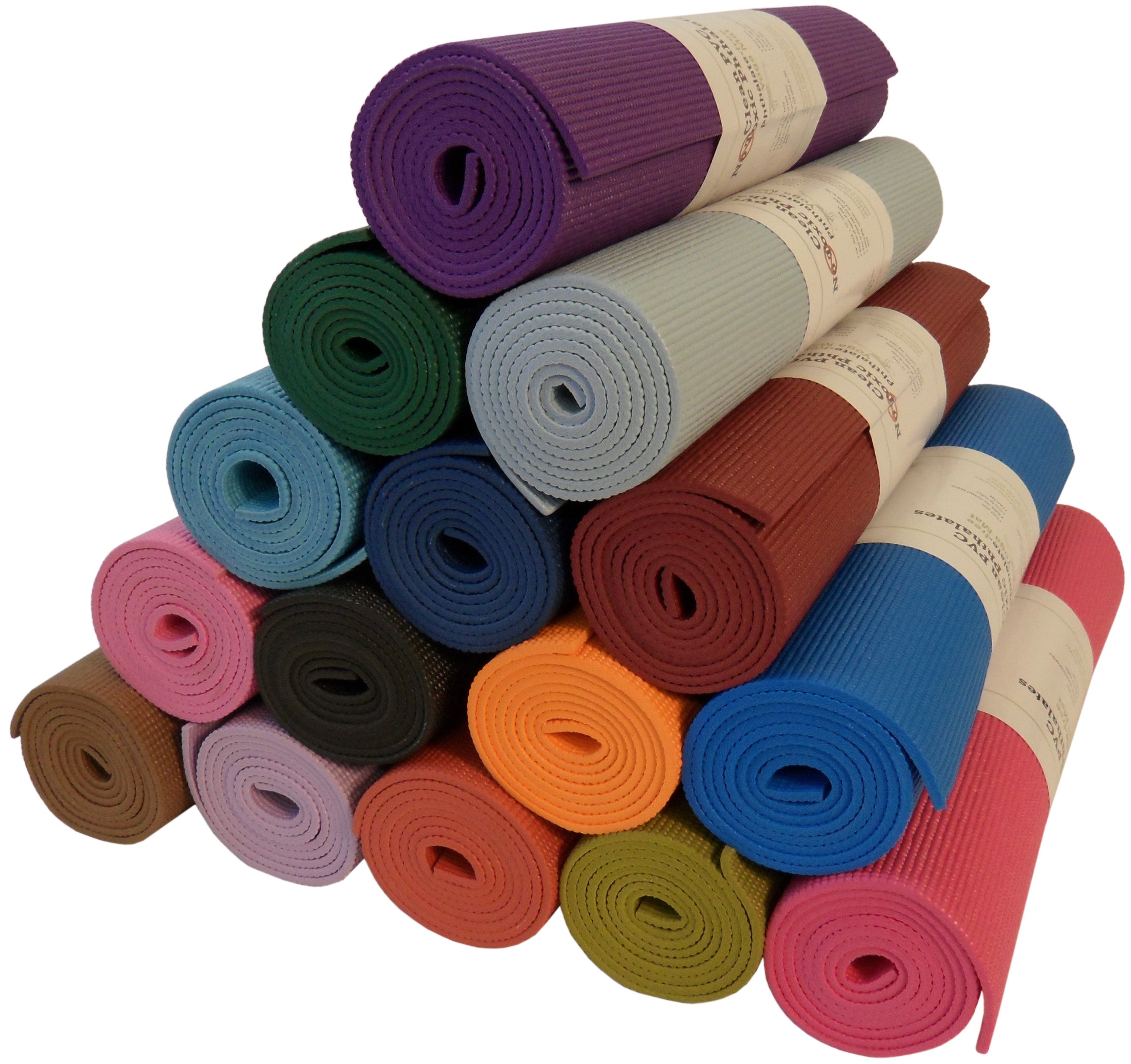The ozone layer is a thin layer of gas that surrounds Earth and protects us from the sun’s ultraviolet (UV) radiation. UV radiation is a type of electromagnetic radiation that is invisible to the human eye but can be harmful to our health.
The ozone layer absorbs most of the UV radiation that reaches Earth, which helps to protect us from its harmful effects. UV radiation can cause a number of health problems, including skin cancer, eye damage, and immune system suppression.
Unfortunately, the ozone layer is under threat from human activities. One of the most significant threats is the release of chlorofluorocarbons (CFCs) and other ozone-depleting substances (ODS) into the atmosphere.
CFCs are man-made chemicals that were once widely used in a variety of products, such as refrigerators, air conditioners, and aerosol cans. However, CFCs are now known to be very harmful to the ozone layer.
When CFCs are released into the atmosphere, they rise into the stratosphere, where they come into contact with ozone molecules. The chlorine atoms in CFCs react with ozone molecules, destroying them. This process depletes the ozone layer and leaves it unable to effectively absorb UV radiation.
Thanks to the Montreal Protocol, which was ratified in 1987, is an international treaty that aims to protect the ozone layer by phasing out the production and use of CFCs, the production and use of CFCs has decreased significantly and the ozone layer is slowly beginning to recover.
Despite this progress, the ozone layer is still under threat from other human activities, such as the release of hydrofluorocarbons (HFCs) and perfluorocarbon (PFCs). HFCs and PFCs are man-made chemicals that are used in a variety of products, such as refrigerators, air conditioners, and insulation.
While HFCs and PFCs do not contain chlorine, they are still very harmful to the ozone layer. When these chemicals are released into the atmosphere, they rise into the stratosphere and react with ozone molecules, destroying them.
The Montreal Protocol does not regulate HFCs and PFCs, so it is up to individual countries to take action to reduce their emissions. Some countries, such as the United States, have already taken steps to phase out the use of HFCs and PFCs.
It is important to protect the ozone layer because it helps to keep us safe from the harmful effects of UV radiation. We can all help to protect the ozone layer by reducing our emissions of HFCs, PFCs, and other ozone-depleting substances.




